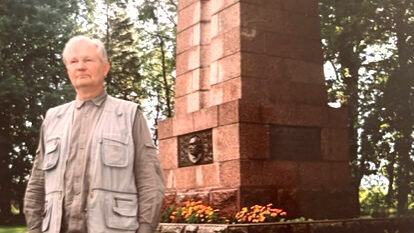The approximately 400 ‘diplomats’ that had been declared persona non grata was seen as a dramatic reduction of the Kremlin’s espionage capability. This number for the first time put the estimated total at 800 identified spies that had been stationed in Russia’s European embassies and consulates.
At the time it was also said that the number of ‘illegals’, working without diplomatic cover (and without immunity to arrest) was relatively smaller.
Now the unexpected drawn-out battle with Ukraine and the latter’s staunch determination to fully rid the country of the foreign invader has drained Russia of the supply of crucial hi-tech components, vital to produce much of its military hardware.
Sanctions have exposed Russia’s dependence on foreign intellectual property, its lack of production capacity and foreign aversion to investing. For instance, it’s reported that kamikaze drones have been supplied by Iran, which is also willing to supply missiles. Iran has denied this.
Russia’s foreign intelligence service, the SVR, has been instructed to mitigate the effects of the sanctions. This is nothing new for Russian spies abroad, since the Soviet era KGB was directly tasked with stealing technological secrets from the West. Hi-tech has always been a priority target for the Kremlin.
Täismahus artikkel on loetav Eesti Elu tellijatele
Igal nädalal toome me sinuni kõige olulisemad kogukonna uudised ja eksklusiivsed lood uutelt kolumnistidelt. Räägime eestlastele südamelähedastest teemadest, kogukonna tegijatest ja sündmustest. Loodame sinu toele, et meie kogukonna leht jätkuks pikkadeks aastateks.
Hind alates $2.30 nädalas.




